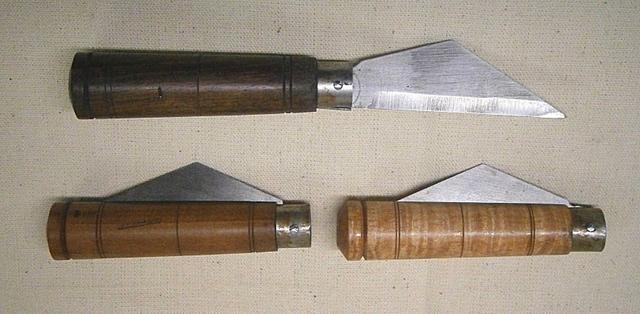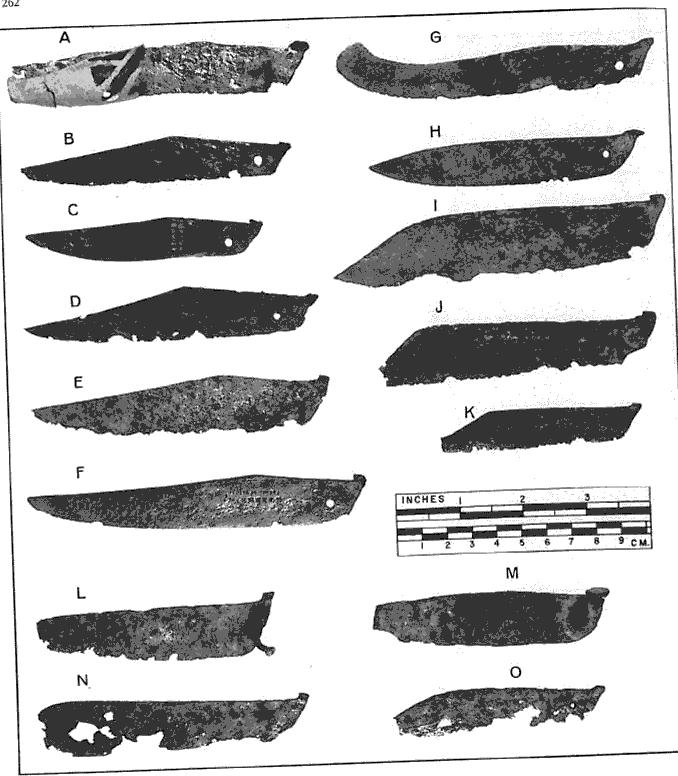Hey gun buddies! 
Alright you guys I been looking for a PERIOD CORRECT (1800-1840 timeframe) patch knife and means to tote it. Well guys it seems I learned of what they call a "penny knife" which based on original antiques takes the form as this:

Guys how period (1800-1840) would this knife be to carry in a shooting pouch for use as a patch knife? Did these knives exist in such form in America at that time?
Trying to be as HC/PC as possible. Please let me know, thanks guys!!
Alright you guys I been looking for a PERIOD CORRECT (1800-1840 timeframe) patch knife and means to tote it. Well guys it seems I learned of what they call a "penny knife" which based on original antiques takes the form as this:

Guys how period (1800-1840) would this knife be to carry in a shooting pouch for use as a patch knife? Did these knives exist in such form in America at that time?
Trying to be as HC/PC as possible. Please let me know, thanks guys!!









